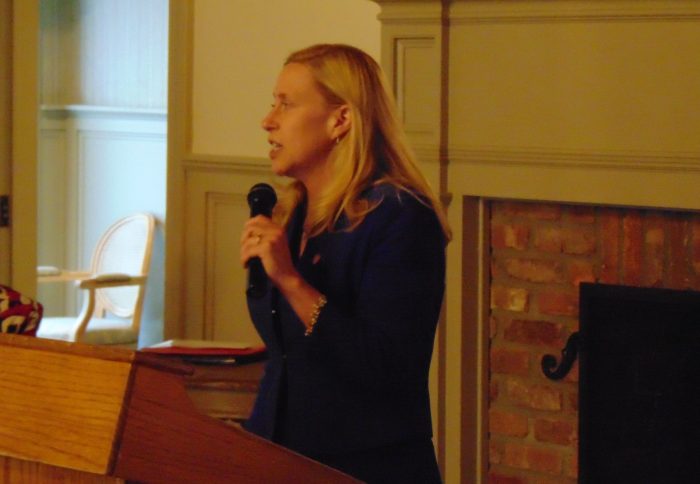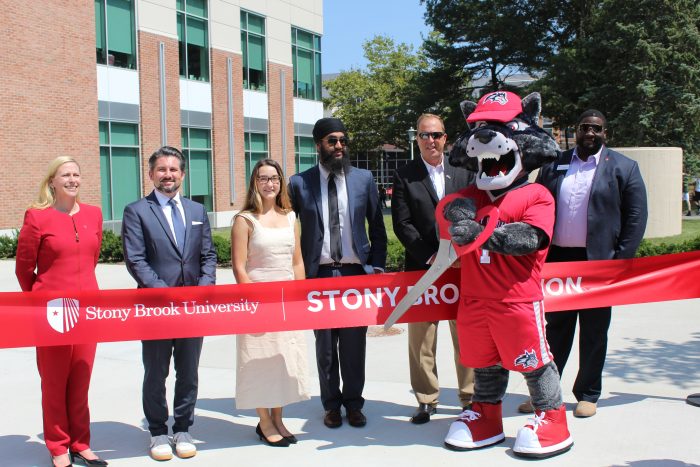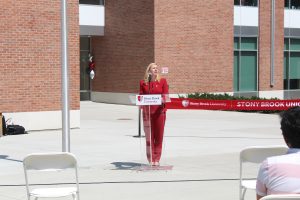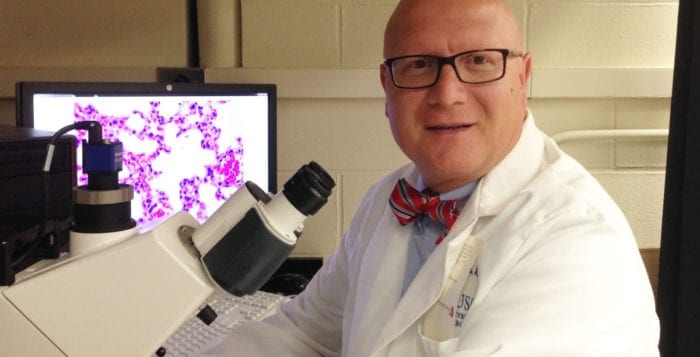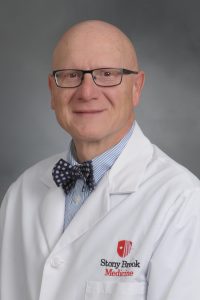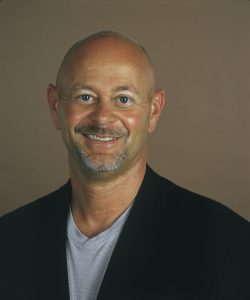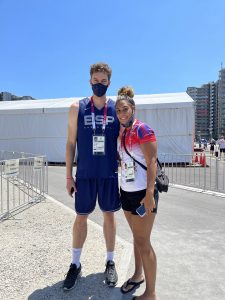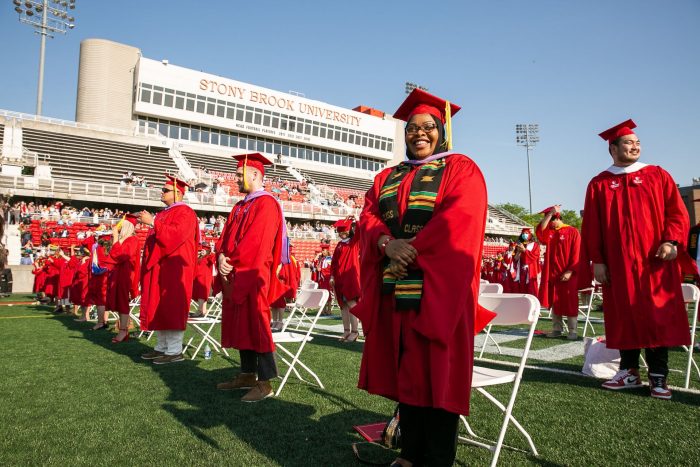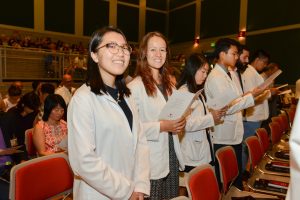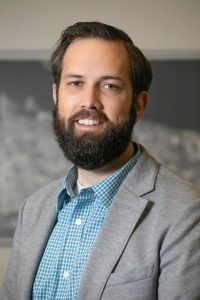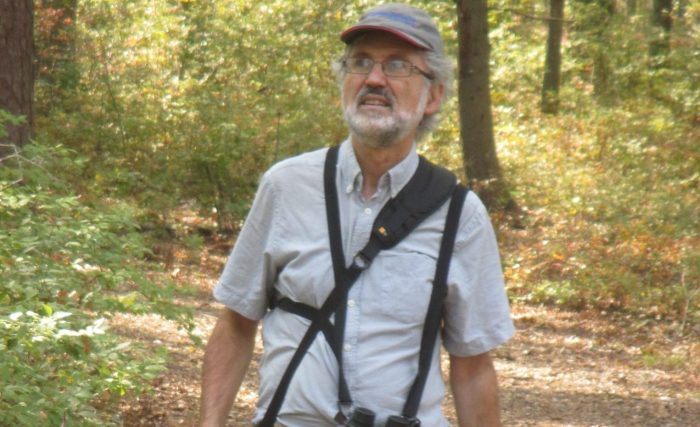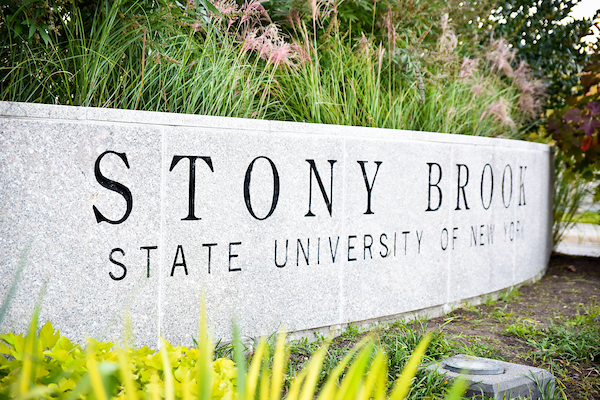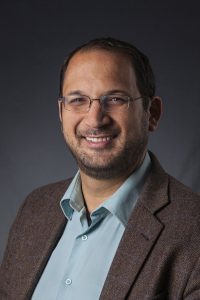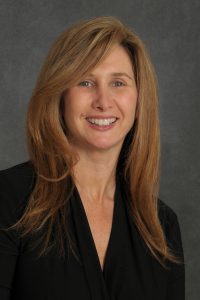Stony Brook University’s new president wants to work with the community.
At its Sept. 15 breakfast, the Three Village Chamber of Commerce welcomed SBU President Maurie McInnis. While the members had participated in a Zoom meeting with her last year, this was the first time they had the opportunity to meet her in person. The university president took over the position July 1, 2020, after the departure of Dr. Samuel L. Stanley Jr.
“We have this sort of mutually reinforcing and synergistic positive relationship.”
— Maurie McInnis
McInnis said it was nice to be able to meet everyone during the breakfast instead of just seeing faces on a screen.
“I’m really happy to get a chance to meet with all of you,” she said. “The relationship between the university and its community is so vital, really, to the success of both in an ideal world. We have this sort of mutually reinforcing and synergistic positive relationship, and I’ve heard how much work you all have done to help us get to that place.”
After reviewing the history of SBU, the university president provided the attendees with some updates.
McInnis said the university and hospital have become the largest single site of employment on Long Island. There are 15,000 employees at Stony Brook which serves 26,000 students.
“That means we’re kind of a little city of 40,000 people right here in your backyard,” she said. “And, that means extraordinary opportunities for our community to be a really strong place working closely together.”
McInnis added the majority of students, 12,000, come from Long Island as well as nearly 7,000 from the five boroughs and 2,500 from other parts of New York state. SBU gives out 40% of degrees to STEM students and another 20% who majored in health studies.
“We were founded in many ways on the rise and excitement of science in the 1960s, and that has long been part of what this campus does,” she said.
McInnis said one of the challenges SBU and other universities face is having enough funds to educate students. Institutions have two primary sources, she said, tuition and — if it’s a public university — state support.
For SBU, she said state support has been flat for the last decade and is significantly lower from what New York provided before the 2008 recession.
“It went down, and then it’s been flat ever since,” she said. “And for the most part, our tuition has been flat in that decade as well. So, we continue to face funding challenges and continue to try to work with our partners in Albany to help them understand, for us to be great, we’re going to need additional support.”
During the presentation, McInnis announced that Dr. Harold Paz of Ohio State University has been named as the new executive vice president for Health Sciences and will start Oct. 4. She described him as “one of America’s leading health care experts.”
“He will be a transformational leader for the next chapter of Stony Brook Medicine,” she said.
During the pandemic, McInnis said, “Stony Brook really became the epicenter for COVID care in Suffolk County.” The university has also worked to help get Long Islanders vaccinated.
“We have been all over Long Island trying to make sure that all communities have access to vaccinations,” she said. “Not only did we run for this state one of the mass vaccination sites, which we did on our R&D campus — and in those early days when we still had a lot of people wanting to get vaccinations, we were vaccinating 3,000 people a day at the R&D Park — we’ve given over 350,000 vaccinations all over Long Island.”
She added Stony Brook Medicine also provided pop-up vaccination sites all over the Island to not only help people get vaccinated but to educate them on the importance of vaccines. She said one comment people would bring up is that the COVID-19 vaccine was created quickly.
“The technology for this vaccine had been in research and development at America’s leading research universities for over a decade,” she said.
McInnis said thousands of COVID-19 patients were treated at the hospital, and doctors continue to see people with the virus.
“Unfortunately, it continues to be a pandemic of the unvaccinated,” she said.
McInnis thanked community members who in the last year donated personal protection equipment, meals, iPads and more.
She said on the SBU campus there were no major outbreaks last academic year, partially because fewer students were on campus and due to precautions taken by the school. She added the fall semester is pretty much back to normal but everyone is wearing masks inside. As of Sept. 10, 99% of campus residents and 88% of in-person commuters have been fully vaccinated. The percentage of university employees vaccinated is 70%, while 77% of medical employees have received the full dose.
A few attendees asked McInnis questions at the end of the presentation.
Lee Krauer, chair of Friends of Stony Brook Road and a member of Stony Brook Concerned Homeowners, thanked McInnis for her presentation.
“I think that the university really is a wonderful place and is a tremendous asset to all of Suffolk County,” Krauer said.
She added that residents in her area off Stony Brook Road have had problems with traffic due to the university. In the past, the community groups have also cited issues with students living in houses and not taking care of them properly.
She said residents between Route 347 and 25A haven’t felt heard by past presidents and asked McInnis if she would be open to meet with members of the committees.
“People who live where I live can’t get out of our blocks,” Krauer said.
McInnis told Krauer who to contact to follow up so they could talk about the possibilities.
Earlier in her presentation, McInnis touched on college housing. There are more than 10,500 beds on campus, which is more than other SBU campuses, according to the SBU president. Recently, after Hurricane Ida, two dormitories had 7 feet of water in the basements and 400 students were relocated to other beds on campuses, many in the dining halls.
“I know that we will continue to work with you all to work with our community to make sure that for our students living on campus, that they are good neighbors,” McInnis said, “And, we will continue our partnership with the town and 6th Precinct and community leaders always to address any behavior or landlord issues that come our way.”

